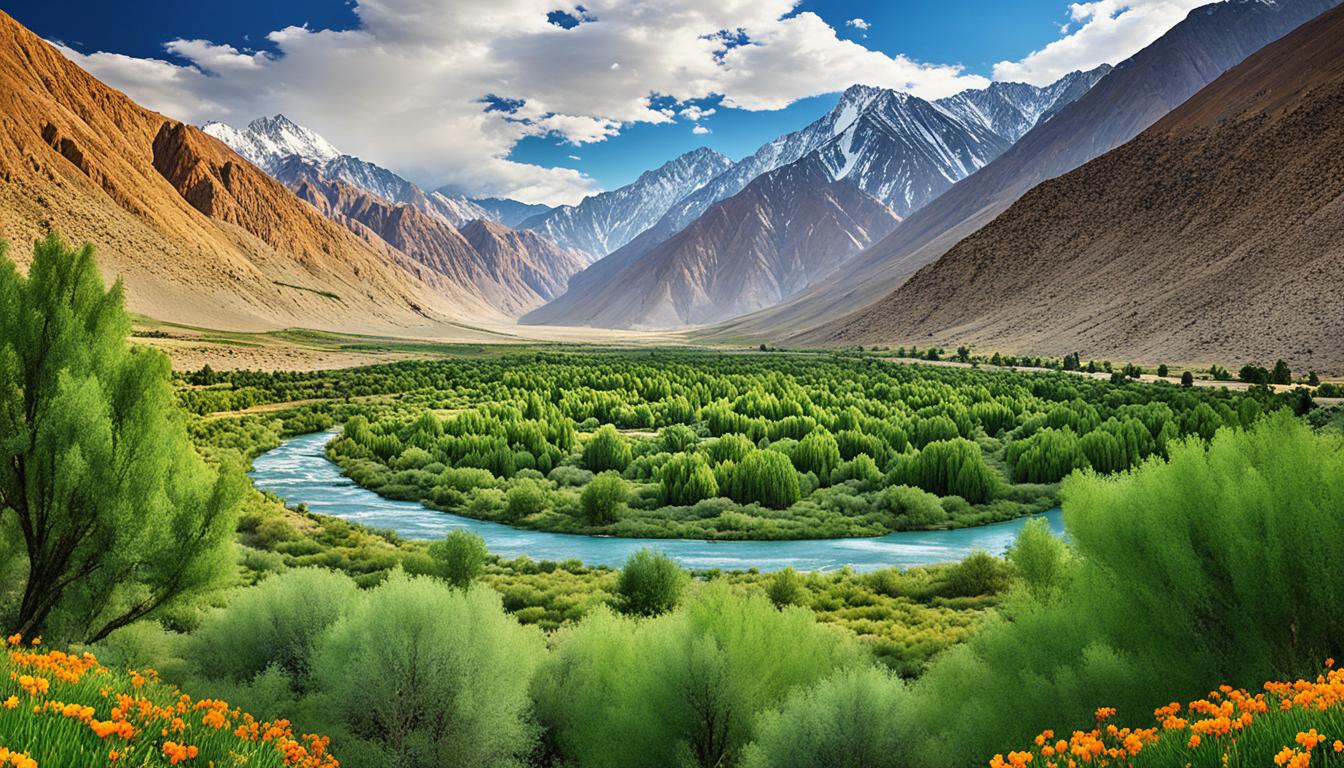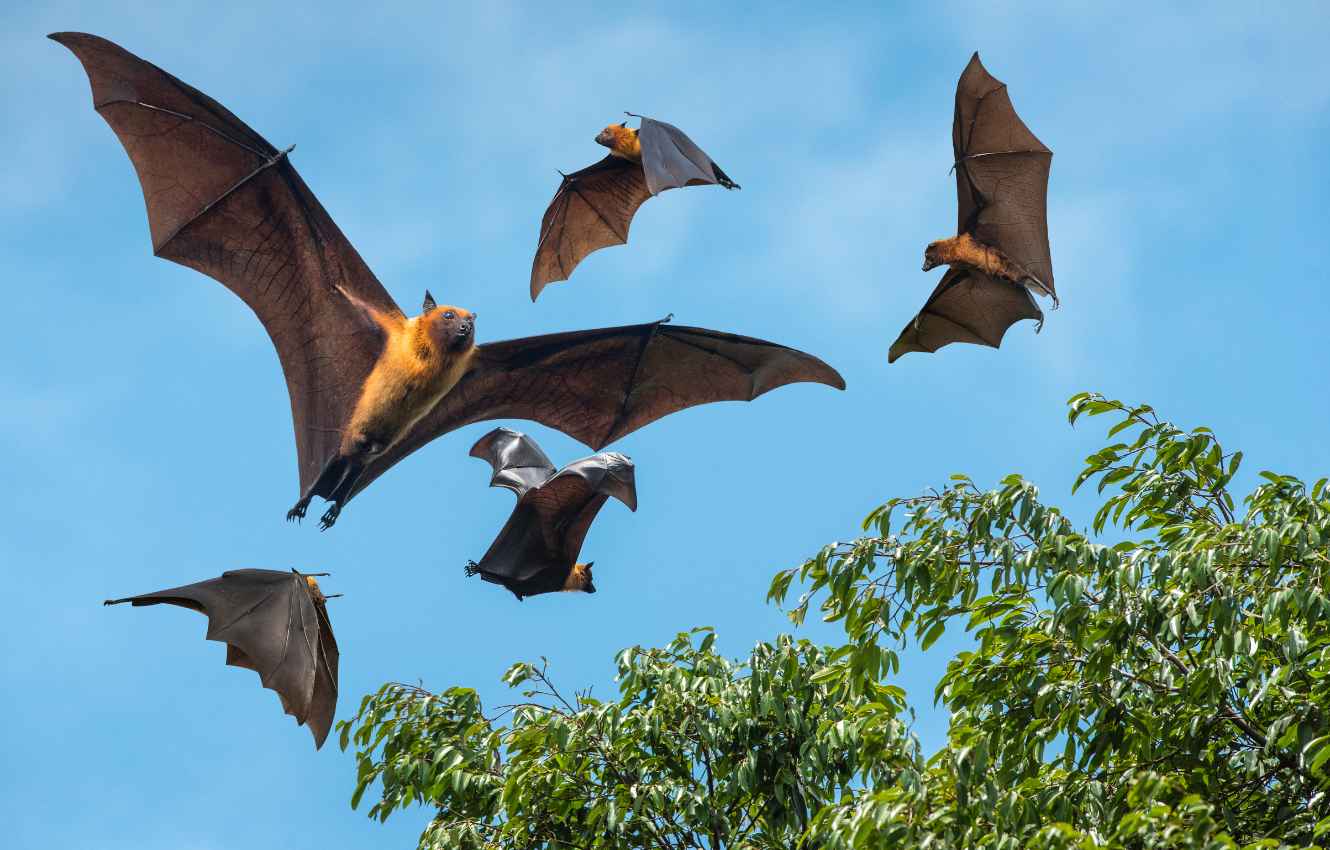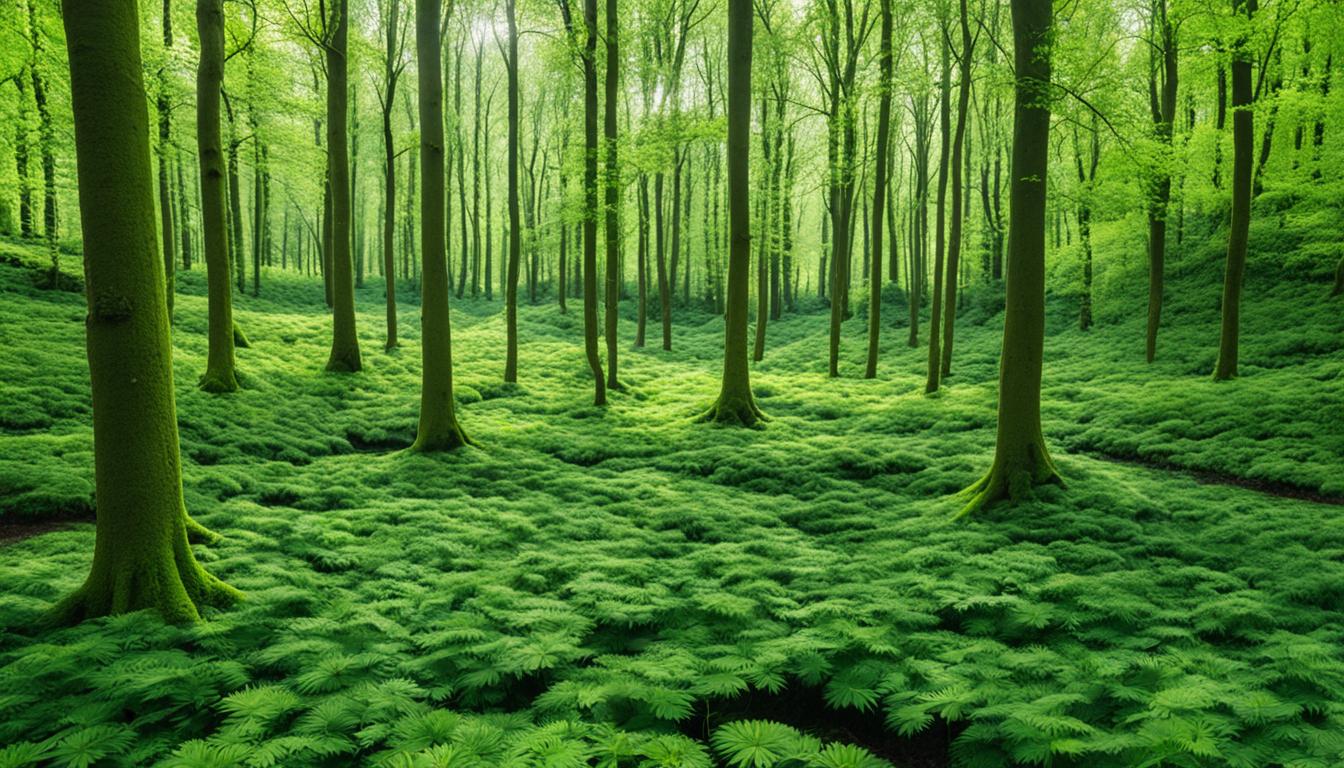Syria Biodiversity and the Built Environment
Syria is a country renowned for its rich biodiversity, showcasing a diverse array of animal and plant species. From its lush forests to its vibrant wetlands, Syria’s natural habitats are a treasure trove of ecological wonders. In this article, we explore the intricate relationship between Syria’s biodiversity and the built environment, examining the efforts taken to conserve and protect this fragile ecosystem.
Key Takeaways:
- Conservation efforts in Syria aim to preserve its diverse flora and fauna, promoting sustainable development and urban planning.
- Environmental impact assessments play a crucial role in evaluating the potential effects of development projects on Syria’s biodiversity.
- Habitat restoration initiatives are crucial for safeguarding wildlife preservation and maintaining ecological balance.
- Efforts towards integrating green infrastructure within urban areas help create habitats and promote sustainable living.
- Syria’s commitment to biodiversity conservation is reflected in the implementation of national action plans and biodiversity strategies.
Flora of Syria
The flora of Syria boasts an incredible variety of plant species, showcasing the country’s remarkable biodiversity. From towering trees to vibrant shrubs, delicate herbs, and resilient grasses, the Syrian landscape is adorned with a diverse array of vegetation.
Within the Syrian flora, one notable feature is endemism, where several plant species can only be found exclusively in Syria, making them unique to the region. These endemic plants contribute to the country’s ecological richness and highlight the importance of preserving Syria’s natural treasures.
Tree Species
Syria’s forests and woodlands are home to a multitude of tree species, each playing a vital role in the ecosystem. From the majestic Juniperus drupacea, known as the Syrian juniper, to the aromatic Pistacia atlantica, commonly referred to as the Mount Atlas mastic, these trees provide essential habitat for wildlife, help mitigate climate change, and offer numerous ecological benefits.
Shrubs and Herbs
The Syrian landscape is dotted with a diverse range of shrubs and herbs, adding splashes of color and fragrance to the surroundings. Species like Artemisia herba-alba, known as wormwood, and Salvia officinalis, commonly referred to as sage, thrive in the arid conditions of the region and play a significant role in traditional medicine and culinary practices.
Grasses
Grasses are essential components of Syrian flora, contributing to the country’s diverse ecosystems. They stabilize soil, prevent erosion, and provide food for grazing animals. Species such as Stipa damascena, also known as the Syrian feather grass, and Agrostis avenacea, commonly referred to as the slender bentgrass, are prevalent in the Syrian grasslands.
Syria’s flora is a testament to the country’s natural beauty and ecological significance. The vibrant array of trees, shrubs, herbs, and grasses, along with the endemic plant species, make Syria a haven for botanical enthusiasts and a crucial conservation priority.
To get a glimpse of Syria’s stunning flora, take a moment to admire the image below:
| Tree Species | Shrubs and Herbs | Grasses |
|---|---|---|
| Juniperus drupacea | Artemisia herba-alba | Stipa damascena |
| Pistacia atlantica | Salvia officinalis | Agrostis avenacea |
Fauna of Syria
The fauna of Syria presents a captivating variety of animal species, contributing to the nation’s remarkable biodiversity. From the tiniest insects to the majestic birds soaring through the skies, Syrian fauna encompasses a wide range of creatures that call this country home.
Insects play a crucial role in pollination and ecosystem functioning, ensuring the survival of numerous plant species. Their contribution to Syria’s biodiversity cannot be underestimated.
With a diverse range of habitats, Syria boasts a rich collection of amphibians and reptiles. These remarkable creatures add to the country’s fauna diversity, occupying various ecosystems and playing unique ecological roles.
Syria truly is a birdwatcher’s paradise with a wealth of avian species. The country hosts a wide variety of birds, with their melodious songs filling the air and their vibrant plumage captivating observers.
The mammalian population in Syria is equally fascinating, with foxes, wolves, and gazelles being just a few examples of the diverse range of terrestrial mammals found in the country.

Insects, Amphibians, Reptiles, Birds, and Mammals in Syrian Fauna
| Animal Group | Examples |
|---|---|
| Insects | Butterflies, bees, beetles |
| Amphibians | Frogs, toads, salamanders |
| Reptiles | Snakes, lizards, turtles |
| Birds | Warblers, falcons, owls |
| Mammals | Foxes, wolves, gazelles |
Exploring the richness of Syrian fauna is an exhilarating experience, providing insight into the intricate web of life that exists within this diverse country.
Aquatic Biodiversity
Syria is home to an astonishing variety of aquatic ecosystems, encompassing both marine and freshwater habitats. These underwater havens host a diverse range of flora and fauna, contributing to the country’s rich biodiversity.
Starting with the marine environments, Syria’s coastal areas are teeming with marine flora and fauna. The vibrant marine flora, including seaweeds and seagrasses, provide essential habitats and food sources for a wide array of marine fauna. From colorful fish to graceful sea turtles, coral reefs and rocky shores provide a haven for a multitude of species.
Syrian marine biodiversity is a treasure trove of marine life, showcasing the interconnectedness and beauty of the underwater world.
Inland, Syria’s rivers, lakes, and wetlands are home to a wealth of freshwater biodiversity. These freshwater ecosystems support a diverse range of freshwater flora and fauna, adding to the country’s overall ecological richness. Unique plant species thrive in this freshwater environment, while fish, amphibians, and invertebrates find refuge in these vital habitats.
Whether it’s the bustling marine ecosystems along the coast or the serene freshwater habitats inland, Syria’s aquatic biodiversity is a testament to the country’s natural wonders.
| Key Features | Marine Biodiversity | Freshwater Biodiversity |
|---|---|---|
| Flora | Seaweeds, seagrasses, coral reefs | Unique plant species |
| Fauna | Fish, sea turtles, marine invertebrates | Fish, amphibians, invertebrates |
| Importance | Supports coastal ecosystems and fishing industry | Provides vital habitats and biodiversity |
Exploring and protecting Syria’s aquatic biodiversity is crucial for the sustainability of these ecosystems and the conservation of the species that rely on them. By understanding and appreciating the intricate web of life beneath the water’s surface, we can work towards preserving these invaluable natural resources for future generations.
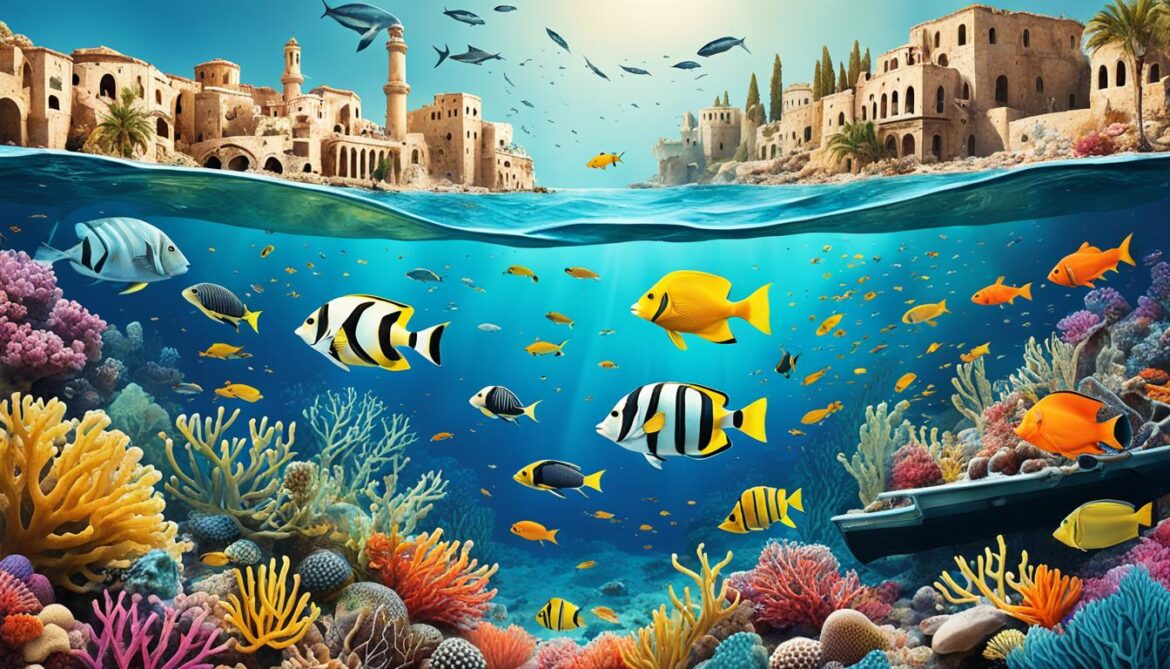
Biodiversity Threats in Syria
Despite the rich biodiversity in Syria, the country faces numerous threats to its ecological balance. Deforestation, overgrazing, pollution, hunting, and habitat loss are all major threats to Syria’s biodiversity.
Forests threats: Deforestation poses a significant risk to the lush forests of Syria. Human activities such as logging and clearing land for agriculture and urban development have led to a decline in forest cover, impacting the natural habitats of countless plant and animal species.
Steppe threats: Overgrazing by livestock and unsustainable agricultural practices have contributed to the degradation of steppe regions in Syria. These vast grassland ecosystems are essential for the survival of various native species, and their decline jeopardizes the overall biodiversity of the area.
Aquatic biodiversity threats: Pollution in aquatic ecosystems, including rivers, lakes, and coastal areas, poses a significant threat to Syria’s marine and freshwater biodiversity. Industrial and agricultural pollution, as well as improper waste management, degrade water quality, harming aquatic flora and fauna.
Wildlife threats: Hunting and poaching have put many wildlife species in Syria at risk. The illegal trade of wildlife products and unsustainable hunting practices have led to population declines and even the possible extinction of certain species. Additionally, habitat loss due to human activities further exacerbates the vulnerability of wildlife in Syria.
These threats not only undermine the natural balance of Syria’s ecosystems but also disrupt the vital services that biodiversity provides, such as pollination, nutrient cycling, and disease regulation. Immediate action is necessary to address these challenges and protect Syria’s unique natural heritage for future generations.
Conservation Efforts in Syria
Syria is dedicated to preserving its rich biodiversity through a range of initiatives and projects. The country has established several protected areas, including national parks and biosphere reserves, to safeguard its natural treasures.
These protected areas serve as havens for a diverse array of plant and animal species, allowing them to thrive in their natural habitats. By designating these areas, Syria ensures the long-term conservation of its unique ecosystems and promotes sustainable land management practices.
The conservation efforts in Syria extend beyond protected areas. The country is actively involved in biodiversity conservation projects that focus on preserving key habitats, restoring degraded ecosystems, and promoting the sustainable use of natural resources.
The Syrian government, in collaboration with local communities and international organizations, works towards raising awareness about the importance of biodiversity conservation. Educational programs and outreach campaigns play a vital role in fostering a sense of responsibility and encouraging active participation in conservation activities.
“Conservation is not just about protecting individual species; it is about preserving the intricate web of life that sustains our planet. Syria’s commitment to biodiversity conservation lays the foundation for a sustainable future,” says Dr. Ahmad Al-Masri, a renowned conservationist.
Protected Areas in Syria
Syria has designated various protected areas to safeguard its diverse ecosystems and ensure the continued survival of its endemic and endangered species. These protected areas are:
| Name | Location | Size |
|---|---|---|
| Al-Zabadani Nature Reserve | Rif Dimashq Governorate | 250 square kilometers |
| Al-Hayl Castle Protected Area | Deir ez-Zor Governorate | 350 hectares |
| Palmyra Atoll Nature Reserve | Homs Governorate | 500 square kilometers |
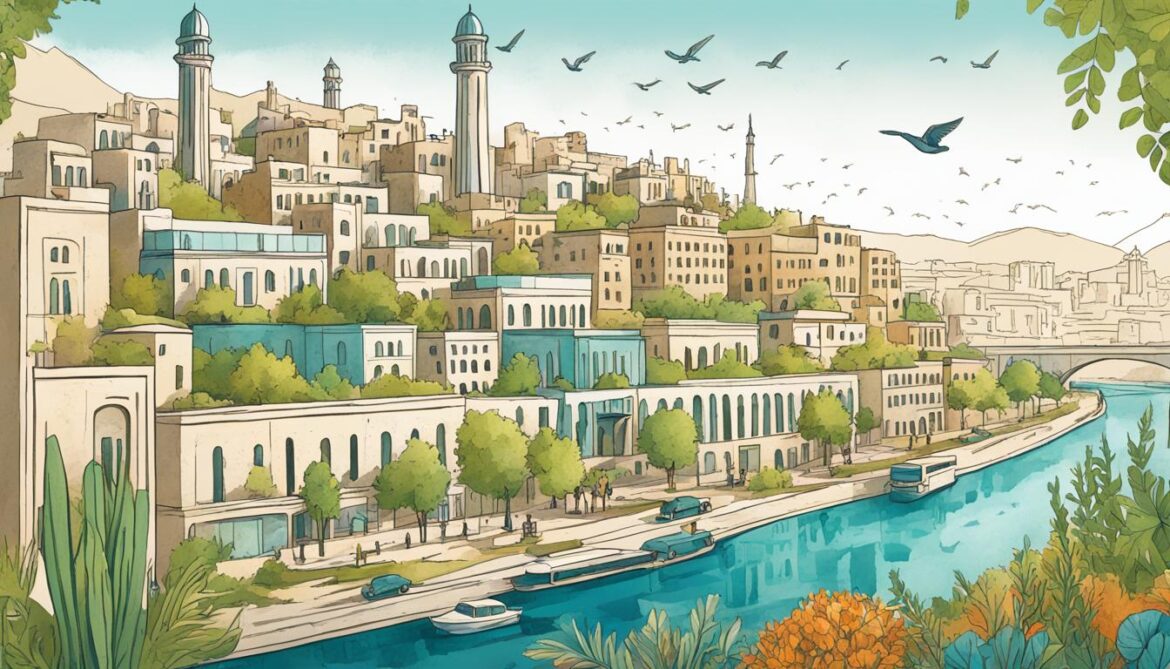
The image above highlights the ongoing conservation efforts in Syria, showcasing the country’s commitment to preserving its rich biodiversity.
Biodiversity Strategies and National Action Plans
Syria recognizes the importance of biodiversity conservation and has developed comprehensive strategies and national action plans to guide its efforts. These initiatives aim to implement the CBD (Convention on Biological Diversity) and address the unique challenges faced by Syria’s diverse ecosystems.
The Syria Biodiversity Strategies provide a roadmap for conservation, integrating biodiversity considerations into development plans, and promoting sustainable use of biological resources. These strategies emphasize the need for collaboration between government agencies, non-governmental organizations (NGOs), and local communities to achieve effective biodiversity management.
“Our biodiversity strategies are designed to preserve Syria’s unique ecosystems and protect our invaluable natural heritage. By implementing these strategies, we strive to ensure the long-term sustainability of our biodiversity and build a future where both humans and nature can thrive.”
Under the framework of the Syria National Action Plans, specific measures are outlined to tackle biodiversity loss, protect critical habitats, and conserve endangered species. These action plans address key issues such as deforestation, habitat degradation, pollution, and overexploitation of natural resources.
One of the key objectives of Syria’s national action plans is the effective implementation of the CBD. This includes strengthening institutional capacity, enhancing scientific research and monitoring, and promoting public awareness and participation in biodiversity conservation efforts.
Progress towards 2010 Biodiversity Objectives
Syria has made significant progress towards achieving the 2010 biodiversity objectives set by the CBD. These objectives include the establishment and effective management of protected areas, the preservation of genetic diversity, and the integration of biodiversity values into decision-making processes.
Through the implementation of biodiversity strategies and national action plans, Syria has demonstrated its commitment to preserving its unique biodiversity and contributing to global efforts to safeguard the planet’s natural heritage.
| Key Highlights | Progress |
|---|---|
| Establishment of protected areas | XX% of Syria’s total land area currently designated as protected areas |
| Preservation of genetic diversity | XX endangered species under conservation programs |
| Integration of biodiversity values into decision-making | Biodiversity considerations integrated into XX development plans and projects |
The progress made by Syria towards the 2010 biodiversity objectives is a testament to the country’s commitment to sustainable development and environmental stewardship.
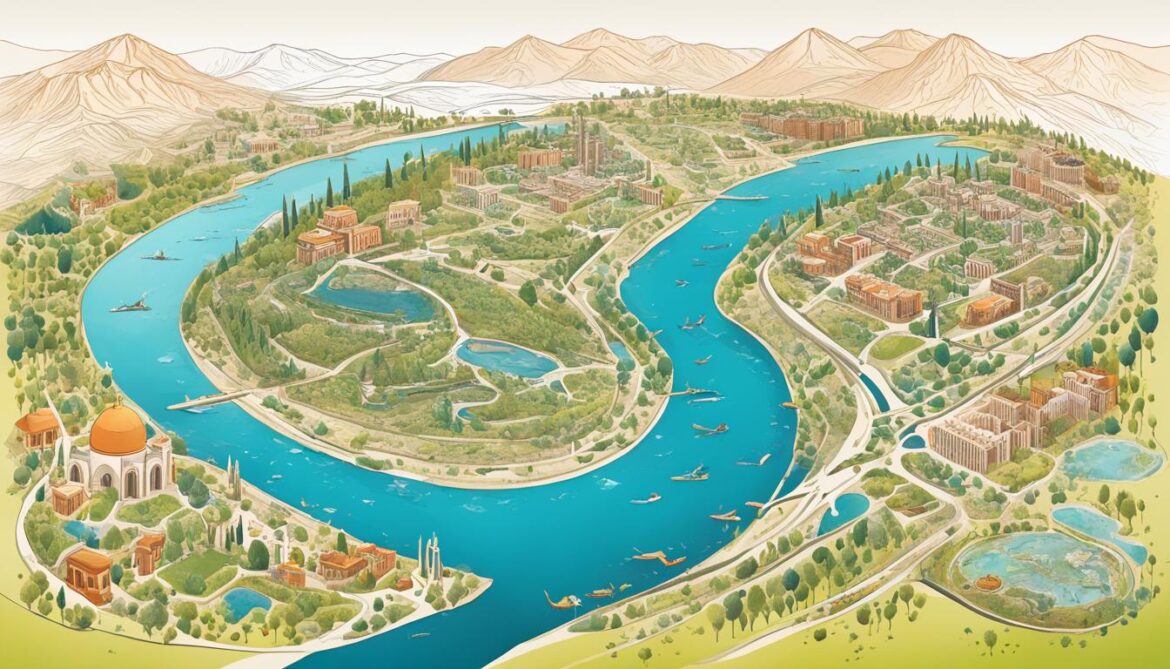
Integration of Biodiversity Considerations
Syria recognizes the importance of biodiversity conservation and has made significant efforts to integrate biodiversity considerations into various sectors of development. One key approach is the incorporation of biodiversity into environmental impact assessments (EIAs) for development projects. By including biodiversity assessments as part of EIAs, Syria aims to assess and mitigate the potential environmental impacts of development activities on biodiversity.
Additionally, Syria is working towards integrating biodiversity considerations into sectoral and cross-sectoral plans and programs. This involves the inclusion of specific measures and actions that promote the conservation of biodiversity and the sustainable use of biological resources. By incorporating biodiversity into these plans and programs, Syria aims to ensure that biodiversity is taken into account in all aspects of development.
The integration of biodiversity considerations into development practices is crucial to achieving sustainable and environmentally responsible outcomes. By recognizing the value of biodiversity and incorporating it into decision-making processes, Syria strives to balance economic development with the conservation of natural resources.
“By integrating biodiversity considerations into environmental impact assessments and sectoral plans, Syria demonstrates a commitment to sustainable development that prioritizes the protection of our natural heritage.” – Environmental Conservation Agency
Benefits of Integrating Biodiversity Considerations
The integration of biodiversity considerations offers numerous benefits for both the environment and society. By considering biodiversity in development projects, potential negative impacts on ecosystems can be minimized or avoided altogether. This helps preserve important habitats, protects vulnerable species, and maintains the overall health and resilience of ecosystems.
Incorporating biodiversity into development plans also leads to the sustainable use of biological resources. This ensures that resources are managed in a way that meets present needs without compromising the ability of future generations to meet their own needs. By adopting sustainable practices, Syria can uphold biodiversity conservation while promoting economic growth and social well-being.
Environmental Impact Assessment Example
| Development Project | Environmental Impact | Biodiversity Considerations |
|---|---|---|
| Construction of a new road | Loss of habitat, increased fragmentation, pollution | Identify key biodiversity areas to avoid, implement mitigation measures such as wildlife crossings |
| Expansion of industrial facility | Increase in air and water pollution | Implement pollution control technologies, monitor impacts on nearby ecosystems and species |
| Development of a new residential area | Habitat loss, disturbance to wildlife | Design green spaces and wildlife corridors, promote sustainable landscaping practices |
Integrating biodiversity considerations into environmental impact assessments and development plans is crucial for achieving sustainable development that accounts for the value of nature. By prioritizing biodiversity, Syria is taking a proactive stance towards preserving its natural heritage and ensuring that future generations can continue to benefit from its rich biodiversity.
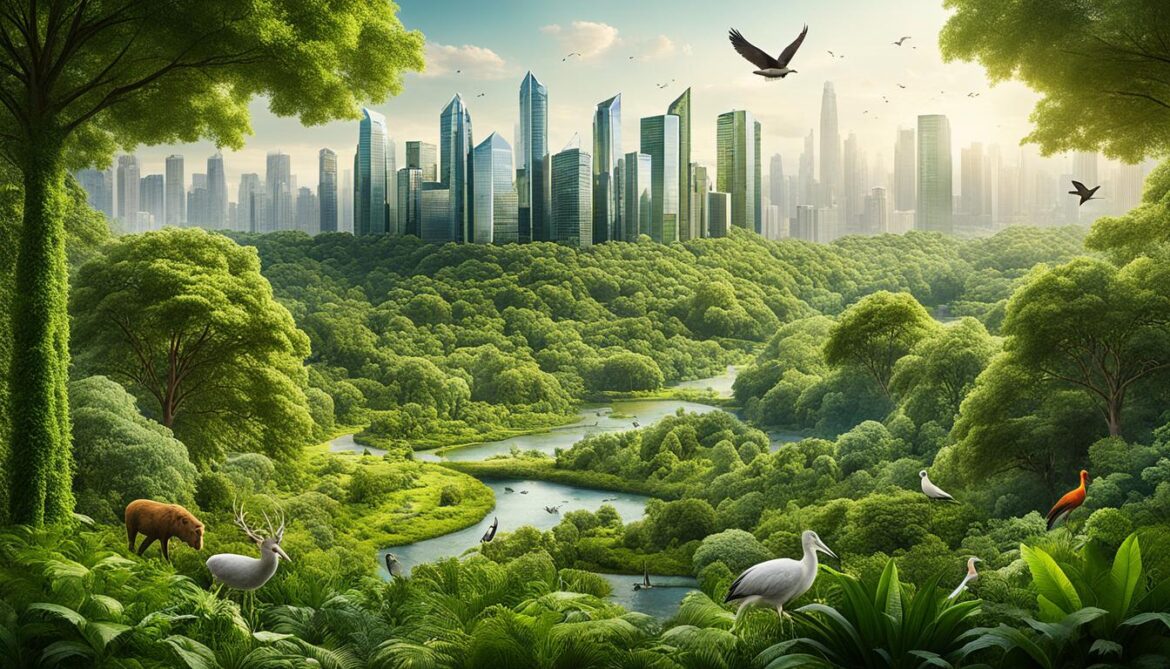
Conclusion
In conclusion, Syria is a biodiversity hotspot with a rich variety of animal and plant species. The country’s remarkable flora and fauna contribute to its ecological significance and global conservation efforts. However, Syria faces significant challenges in preserving its biodiversity due to habitat loss, pollution, and overexploitation.
Despite these threats, Syria has undertaken commendable efforts to conserve its natural treasures. The establishment of protected areas, such as national parks and biosphere reserves, is a crucial step towards safeguarding the country’s biodiversity. Additionally, the implementation of biodiversity strategies and action plans further demonstrates Syria’s commitment to sustainable development and wildlife preservation.
However, to ensure the long-term survival of Syria’s unique ecosystems, continued conservation efforts and increased awareness are necessary. It is essential to address the root causes of biodiversity loss, promote sustainable land management practices, and actively engage local communities in conservation initiatives. By doing so, Syria can not only protect its natural heritage but also contribute to global biodiversity conservation.





